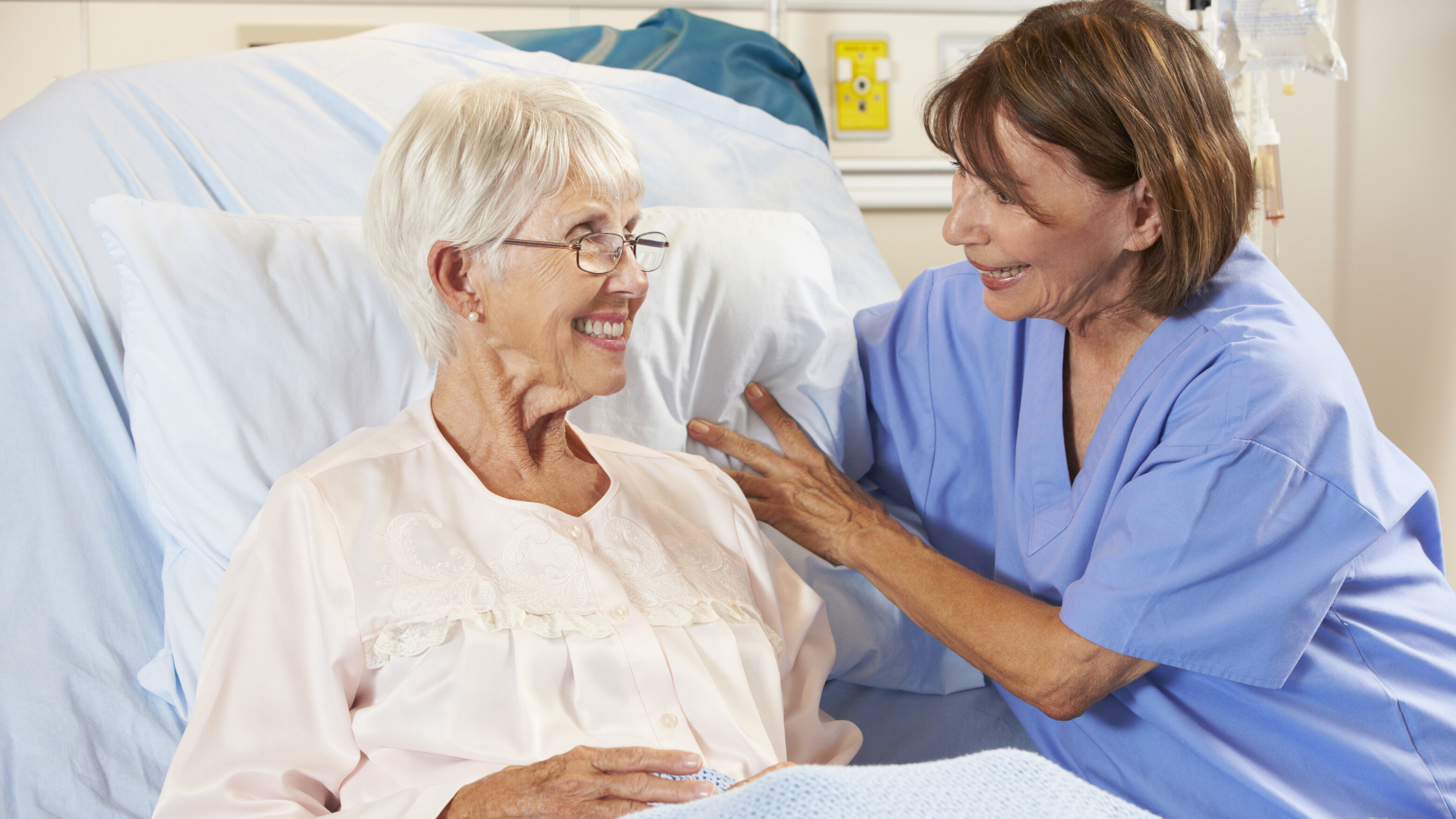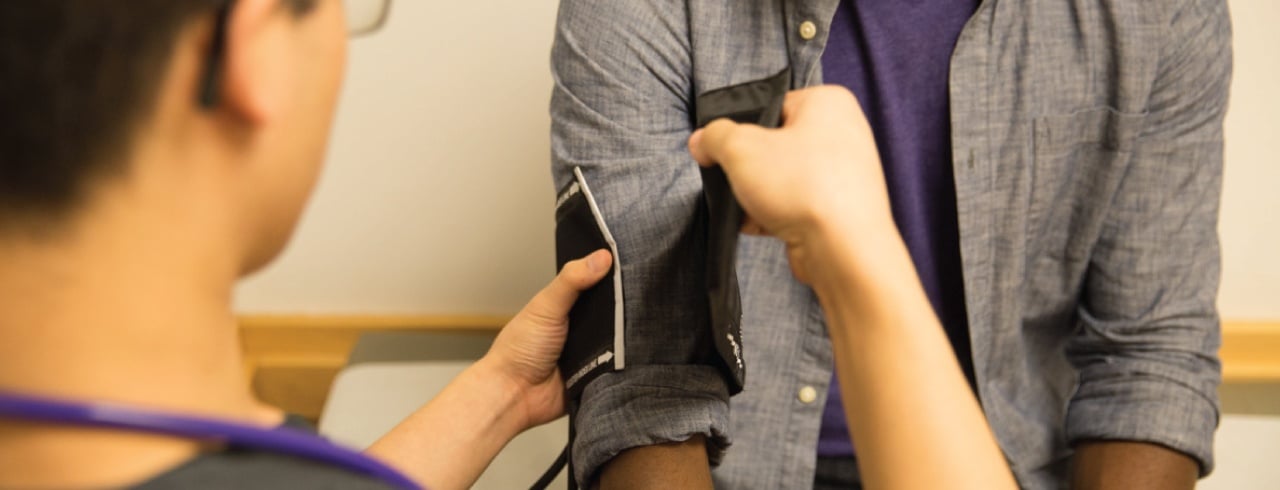
A 2011 research study demonstrated that nursing aids, orderlies, and attendants across the nation experienced 4x the number of on the job injuries and illnesses resulting in days away from work than other occupations. Almost half of these were musculoskeletal disorders, such as herniated discs or muscle strains.
While performing patient transfers, patient care technicians are at high risk of these types of injuries. Patients are also at risk for falls and injuries as you assist them. The task is unavoidable, so what can we do?
Safe movement bolsters patients’ health and is required for the completion of many personal care tasks, diagnostic testing, and medical procedures. The assistance patients need to move can range from simply having someone stand close by “just in case” to having staff perform a majority of activity on their behalf. As an allied health professional, you must ensure that you’re adequately trained and equipped to safely reposition a patient or complete a patient transfer before it begins. This may require you to use an assistive device or to request some back up from fellow nursing staff. Numerous national guidelines and assistive devices exist to protect both you and your patients during repositioning and transfers.
Safe Patient Handling programs throughout the country show that when best practices for patient transfers are put into place and enforced, both patients and patient care technicians experience fewer injuries and higher satisfaction. However, knowing when and how to implement them is crucial for efficacy.
In Inpatient Transfers , you’ll learn more about devices, guidelines, and body mechanics techniques to keep your patients and yourself safe during inpatient transfers.
After completing Inpatient Transfers, you’ll be able to:
- Describe the risks to the patient care technician involved in repositioning and transferring patients
- Understand the risks to the patient involved in repositioning and transferring of patients
- Identify what assistive devices are available to assist with transfers and when they should be used
- Describe the general protocol for basic patient transfers
- Explain best practices for Patient Handling Safety across the country
If you're NHA certified, log in to your account to get started on this continuing education.


